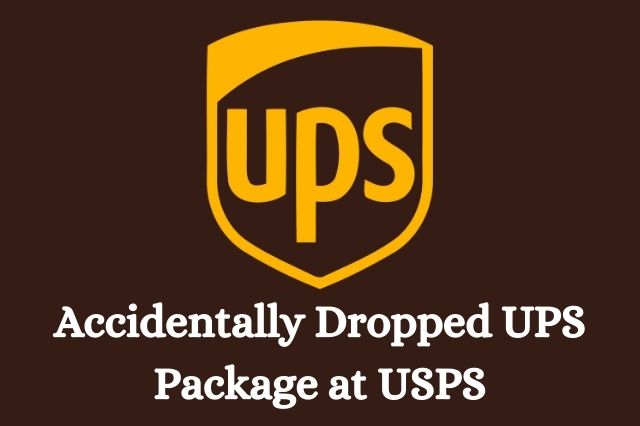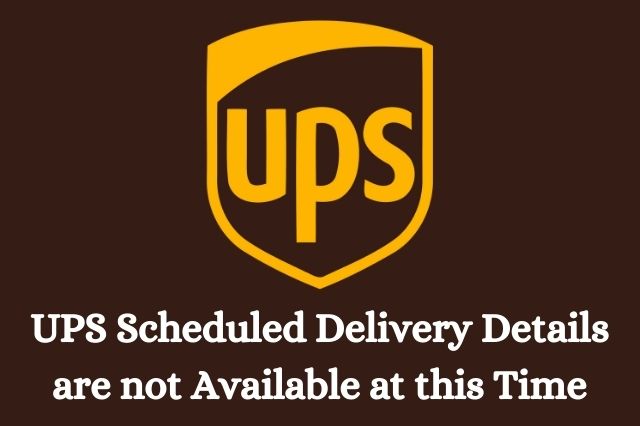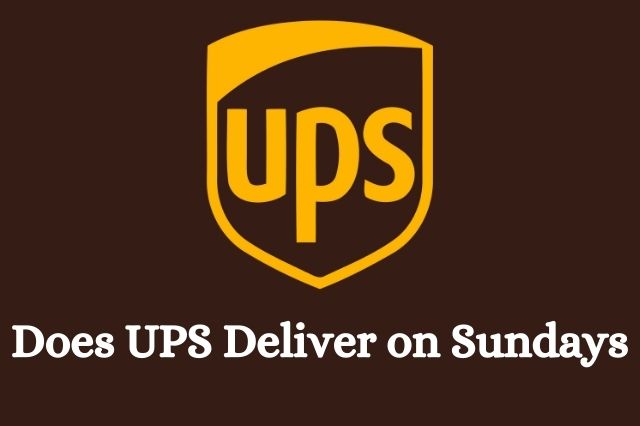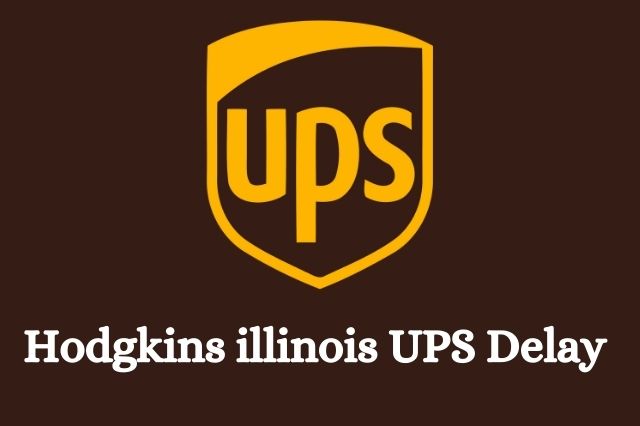We are living in an era in which internet buyers want their purchases to arrive when they expect them. Customers are dissatisfied when their orders are inaccurate or their deliveries are delayed. Perhaps you’ve already checked your tracking status and discovered that your package has been flagged as an exception, with a delivery date that has been pushed back further in time.
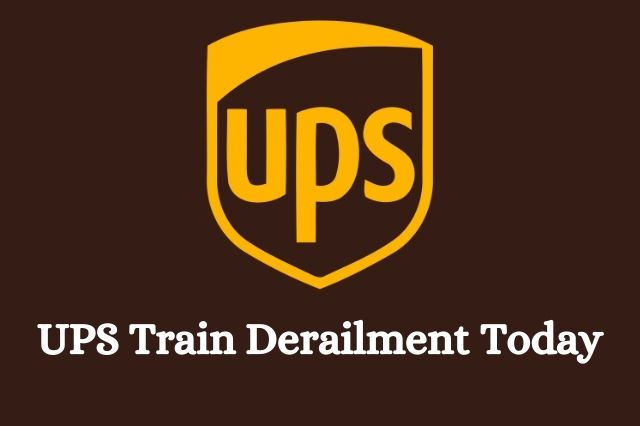
While shipping companies will make every effort to ensure that things reach on time, the capacity to deliver on time is frequently out of their control, as is the case with many other factors. It’s inevitable – after all, this is life. Making sure you are prepared for such scenarios and responding to customers, on the other hand, may have a significant influence on whether or not customers return to your store in the future.
UPS train derailment Incidents
UPS train derailment incidents have occurred occasionally. It can cause disruptions in delivery services. These incidents involve trains carrying packages derailing from tracks, impacting timely deliveries. While rare, they can lead to damaged goods and delays.
Very few notable incidents happened of UPS train derailment. The derailment damaged several packages and caused delays in the delivery network. Fortunately, no news of injury, but it emphasized the importance of safety measures.
This led to a brief interruption in UPS operations, inconveniencing customers awaiting their packages. Prompt response and coordination helped restore services swiftly. To prevent such incidents, UPS has invested in advanced tracking systems and safety protocols. Regular inspections of tracks and trains are conducted to identify potential issues and mitigate risks.
Impact of UPS operations and deliveries for train derailment
The impact of train derailment on UPS operations and deliveries can be substantial. When a UPS train derails, it disrupts the well-orchestrated logistics network that ensures timely deliveries. Firstly, such incidents can lead to delays in package delivery.
Customers rely on UPS for prompt service, and any disruption can cause frustration. Delays might also affect time-sensitive shipments, such as medical supplies or perishable goods. Secondly, the derailment can result in damaged packages.
The jolt from a derailment can lead to goods being jostled and potentially harmed. This not only affects customer satisfaction but also adds to operational costs due to compensation claims and package replacements.
Moreover, the incident can strain resources. UPS needs to redirect packages to alternative transportation modes, which might not be as efficient as trains. This can lead to increased workload for drivers and additional expenses for rerouting packages.
To address these impacts, UPS focuses on quick response and communication. They inform customers about delays and work to minimize inconveniences. Additionally, the company collaborates with transportation authorities to enhance rail safety and reduce the likelihood of derailments.
Safety measures and protocols in place for UPS train derailment
Safety measures and protocols play a crucial role in preventing and addressing UPS train derailment incidents. To ensure the security of operations, UPS has implemented several key measures. Regular inspections of train tracks and infrastructure are conducted.
This helps identify potential hazards, such as worn-out tracks or faulty signals, which could contribute to derailments. Timely maintenance and repairs are undertaken to address any issues detected. UPS also invests in advanced tracking systems.
These systems monitor the movement of trains and identify any deviations or unusual patterns that might indicate a derailment risk. Early detection allows for swift response and mitigation efforts. In addition, UPS emphasizes training and education for its staff.
Train operators and personnel are trained in safety protocols, emergency response procedures, and evacuation plans. This ensures that in the event of a derailment, the team can efficiently manage the situation and minimize risks.
Collaboration with transportation authorities is another important aspect. UPS works closely with relevant agencies to stay updated on industry safety standards and regulations. This partnership helps in implementing best practices and adopting new safety technologies.
Lessons learned and steps taken to prevent future UPS train derailments
UPS has learned valuable lessons from past train derailment incidents and has taken significant steps to enhance its prevention strategies. One major lesson is the importance of proactive maintenance. UPS now conducts more frequent and thorough inspections of tracks and trains to identify potential issues before they escalate.
This proactive approach helps prevent derailments caused by track defects or mechanical failures. Additionally, UPS has embraced technology to a greater extent. Advanced tracking systems, sensors, and data analytics are employed to monitor train movements and identify irregularities promptly.
This enables UPS to take immediate action to prevent derailments or minimize their impact. Another lesson involves collaboration. UPS has strengthened its partnerships with transportation authorities and experts in the field.
This collaborative effort ensures the implementation of the latest safety standards and practices, further reducing the risk of derailments. Emergency preparedness has also been a focus. UPS has refined its emergency response protocols, ensuring that all personnel are well-trained and equipped to handle derailment situations. This readiness minimizes confusion and maximizes safety during critical moments.
Frequently Asked Questions (FAQ)
Why does my UPS package say delay?
The weather has caused delivery delays recently. Recovery attempts are underway, and your shipment will be sent as soon as feasible. Weather circumstances have caused a delay in delivery. The delivery of your package has been postponed until the next business day.
Why is my UPS package delayed in 2021?
We are experiencing fulfillment and some minor transit (called shipment) delays as a result of COVID-19 effects, the recent relocation of our fulfillment center, and the short supply of labor. Due to increasing traffic and reduced manpower, all carriers, including USPS, UPS, and FedEx, continue to experience longer transit times.
What happens when UPS delays?
For the majority of service types, UPS guarantees on-time delivery. According to the UPS money-back promise, if your item is delivered even a minute late, you are entitled to a UPS reimbursement.
How long does it take for UPS tracking to show up?
Customers are typically encouraged to give their UPS tracking number up to 24 hours to be registered by the service. It’s possible that your shipment’s UPS tracking isn’t updated because the box has yet to be picked up by the courier or has been picked up but not scanned.
Does UPS actually deliver at 9 pm?
How long does UPS take to deliver? Aside from time-definite air deliveries, packages are typically delivered to households between the hours of 9:00 a.m. and 7:00 p.m. (and sometimes later), and to commercial locations by the conclusion of business. Within that time frame, UPS is unable to set a precise delivery time.
Will UPS leave the package at door?
Shipments that do not require a signature can be placed in a secure location, out of sight and out of the elements, at the discretion of the driver. It is possible to drop off packages on the front porch, side door, rear porch, garage area, or with a neighbor or leasing office (which would be stated in a yellow UPS InfoNotice® left by the driver).
Final Thoughts
There are techniques to avoid delivery delays, but they will always occur. When it comes to time-sensitive orders, the right partners can help you decrease customer irritation and handle issues quickly. If you want assistance, please contact the UPS customer care center.
